Fifth graders spent the week of December 9th learning to code. CS Ed week occurs each year during the week of Admiral Grace Hopper's birthday. Grace Hopper would have celebrated her 107 birthday on Monday, December 9, 2013. If you don't know who Grace Hopper is, she is an extraordinary figure of American history and is credited with producing many of the foundational aspects we view as commonplace in modern computers. Among other things she gave us the term "debugging" for working out problems in computer code, inspired by a time when she actually had to remove a live moth that interfered with a computer she was working on.
As part of CS Ed Week a non-profit called Code.org has organized a MASSIVE learn-to-code movement called "The Hour of Code". The goal is to see how many Americans - children and adults - will spend one hour during this week learning how to code. There is a website with dozens of one-hour tutorials for coders of all ages and experience levels.
The fifth graders worked on the "Angry Bird" tutorials from Code.org. Go here to find out more: Learn to Code Once the students have finished all 20 levels they receive a certificate of completion. If they wish to continue using with the tutorials, they can click on this link to find additional levels.
The students really enjoyed their experiences.. Now is the time for everyone to learn to code! Join the movement and participate this week. What are you waiting for - programming is for EVERYONE!
As part of CS Ed Week a non-profit called Code.org has organized a MASSIVE learn-to-code movement called "The Hour of Code". The goal is to see how many Americans - children and adults - will spend one hour during this week learning how to code. There is a website with dozens of one-hour tutorials for coders of all ages and experience levels.
The fifth graders worked on the "Angry Bird" tutorials from Code.org. Go here to find out more: Learn to Code Once the students have finished all 20 levels they receive a certificate of completion. If they wish to continue using with the tutorials, they can click on this link to find additional levels.
The students really enjoyed their experiences.. Now is the time for everyone to learn to code! Join the movement and participate this week. What are you waiting for - programming is for EVERYONE!
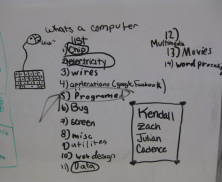
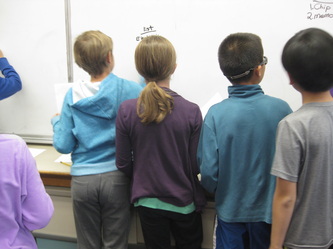
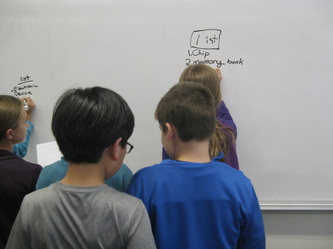

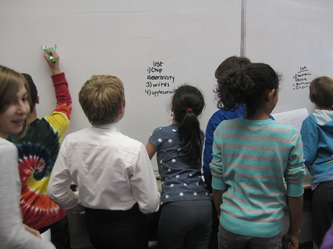
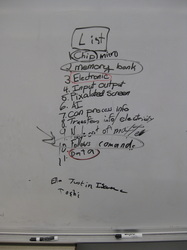
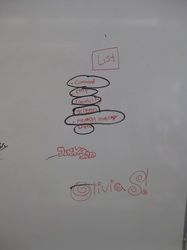

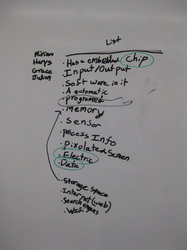
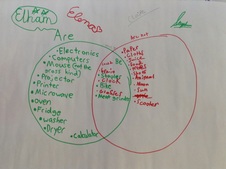


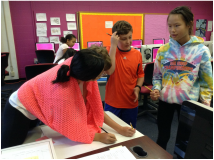
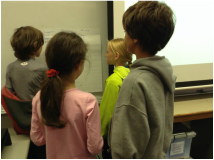
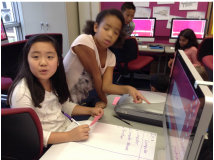

 RSS Feed
RSS Feed